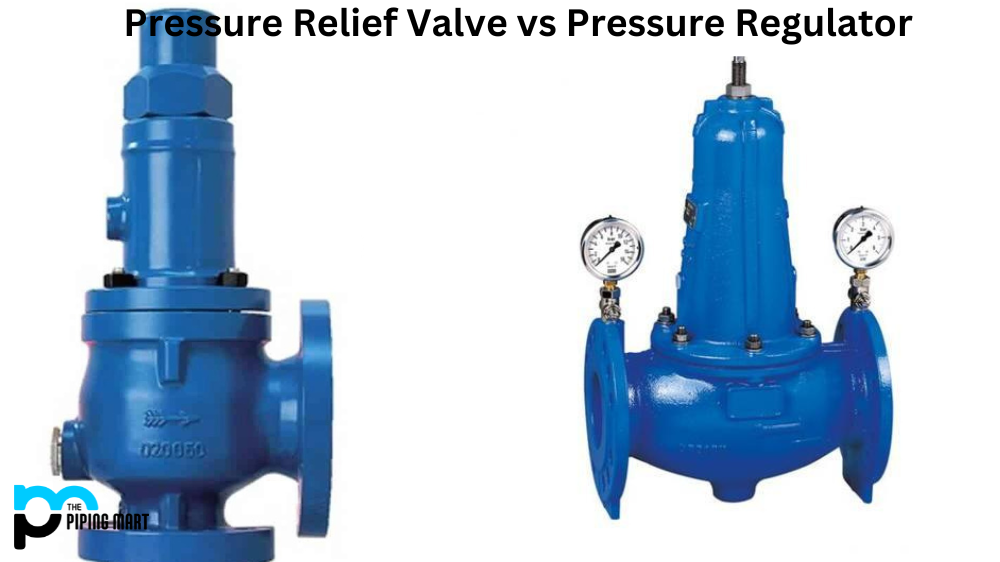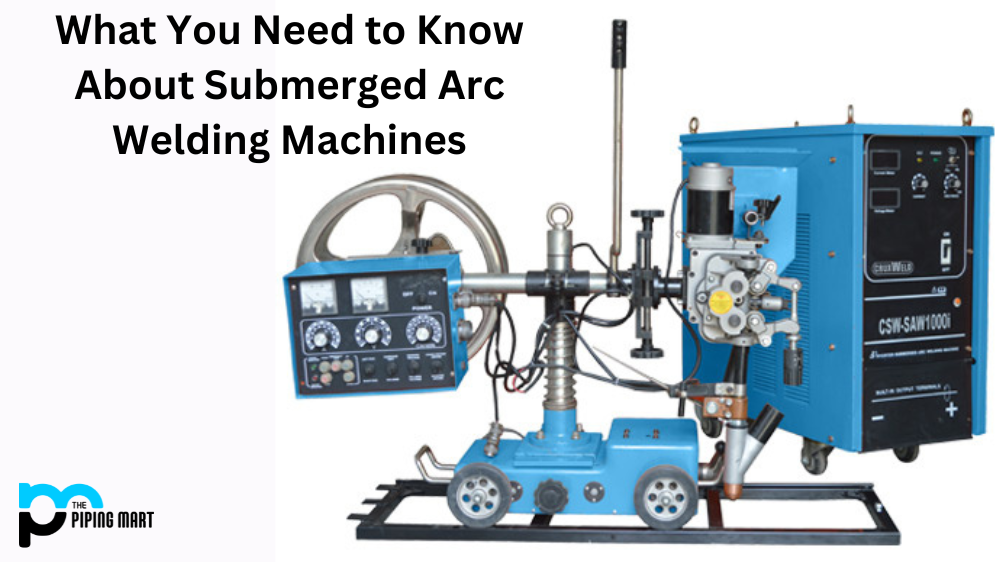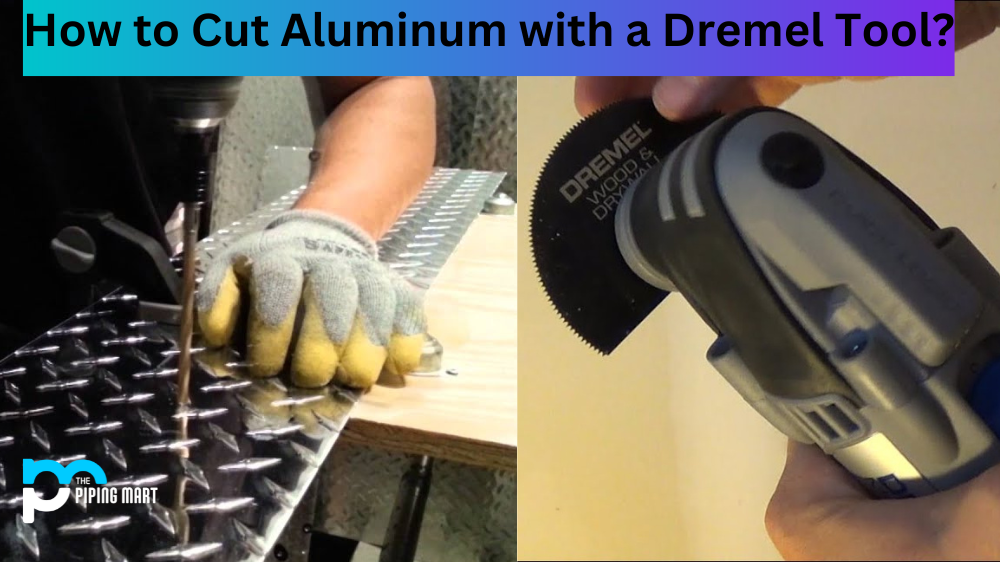Pressure relief valves and pressure regulators are two important equipment used in many industrial applications. Both are essential for controlling the flow of fluid through a system, but they have different functions and capabilities. Let’s take a closer look at the differences between these two devices.
Pressure Relief Valve
A pressure relief valve is designed to provide protection against excessive pressure buildup in a system. When the pressure reaches a certain level, the valve opens, allowing fluid to escape until the pressure drops back down to a safe level. This type of valve is often used in applications where it is essential that no pressure buildup occurs, such as in boilers or high-pressure vessels. A pressure relief valve is a type of valve that is used to release pressure from a system. Pressure relief valves are typically used in systems that are at risk of overpressurization, such as boiler systems. Pressure relief valves work by opening when the system pressure reaches a certain level, allowing the excess pressure to be released.
Pressure Regulator
On the other hand, a pressure regulator is designed to maintain a steady flow rate within a system despite variations in upstream or downstream pressures. The regulator does this by gradually opening or closing its valve as needed to keep the flow rate constant. This device is commonly used in applications where it is essential to maintain consistent flow rates—such as for fuel systems and air compressors—or when it is necessary to match one system’s outlet pressure with another system’s supply pressure. A pressure regulator is a type of valve used to regulate a system’s pressure. Pressure regulators, such as water systems, are typically used in systems that require constant pressure. Pressure regulators work by adjusting the flow of fluid through the valve to maintain the desired pressure.
Difference Between Pressure Relief Valve and Pressure Regulator
The main difference between a pressure relief valve and a pressure regulator is its function. Pressure relief valves are used to release pressure from a system, while pressure regulators are used to regulating the pressure in a system. Pressure relief valves typically have a higher set point than pressure regulators.
Advantages of Pressure Relief Valves
One advantage of pressure relief valves is that they can help to prevent over-pressurization in a system. Over-pressurization can be dangerous as it can lead to equipment failure or even explosions. Also, pressure relief valves can help prolong a system’s life by preventing damage from over-pressuring.
Advantages of Pressure Regulators
One advantage of pressure regulators is that they can help to maintain constant pressure in a system. This is important in systems where constant pressure is required for proper operation, such as water systems. Pressure regulators can also help reduce wear and tear on equipment by preventing fluctuations in system pressure.
Disadvantages of Pressure Relief Valves
One disadvantage of pressure relief valves is that they can cause sudden drops in system pressure when they open. This can disrupt operations and cause equipment damage if the pressure drop is large enough. Additionally, if the set point for the valve needs to be properly calibrated, it may open too frequently, which can also lead to equipment damage.
Conclusion
Both pressure relief valves and pressure regulators are essential pieces of equipment used in many industrial applications today. While they both serve the same purpose—to regulate fluid flow—they do so using different techniques; one protects against excessive pressures while the other maintains consistent flow rates regardless of changes in upstream or downstream pressures. Knowing which one you need can help you get the most out of your industrial process or system.

Pipingmart is a B2B portal that specializes in metal, industrial and piping items. Additionally, we share the latest information and information about materials, products and various types of grades to assist businesses that are involved in this business.




